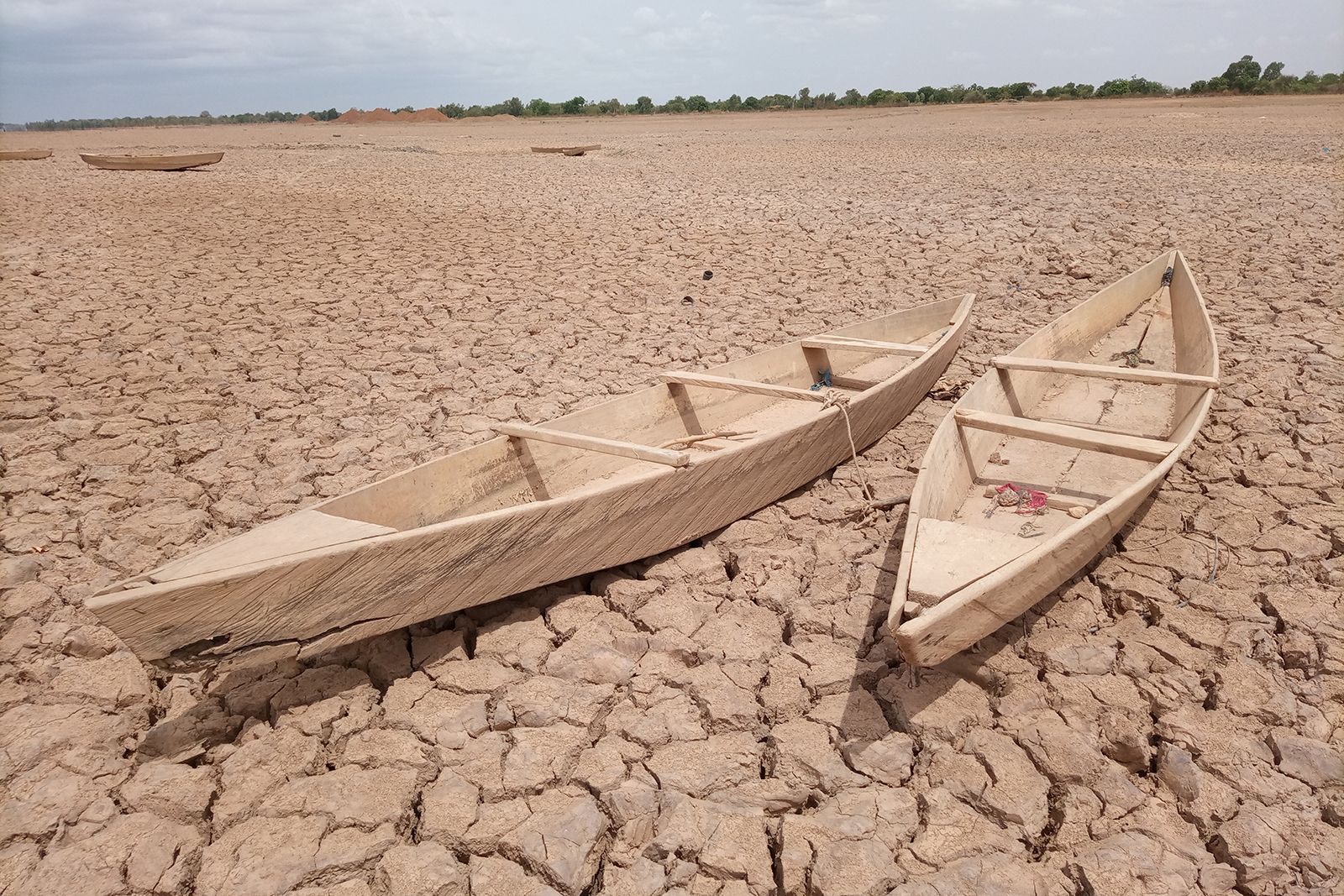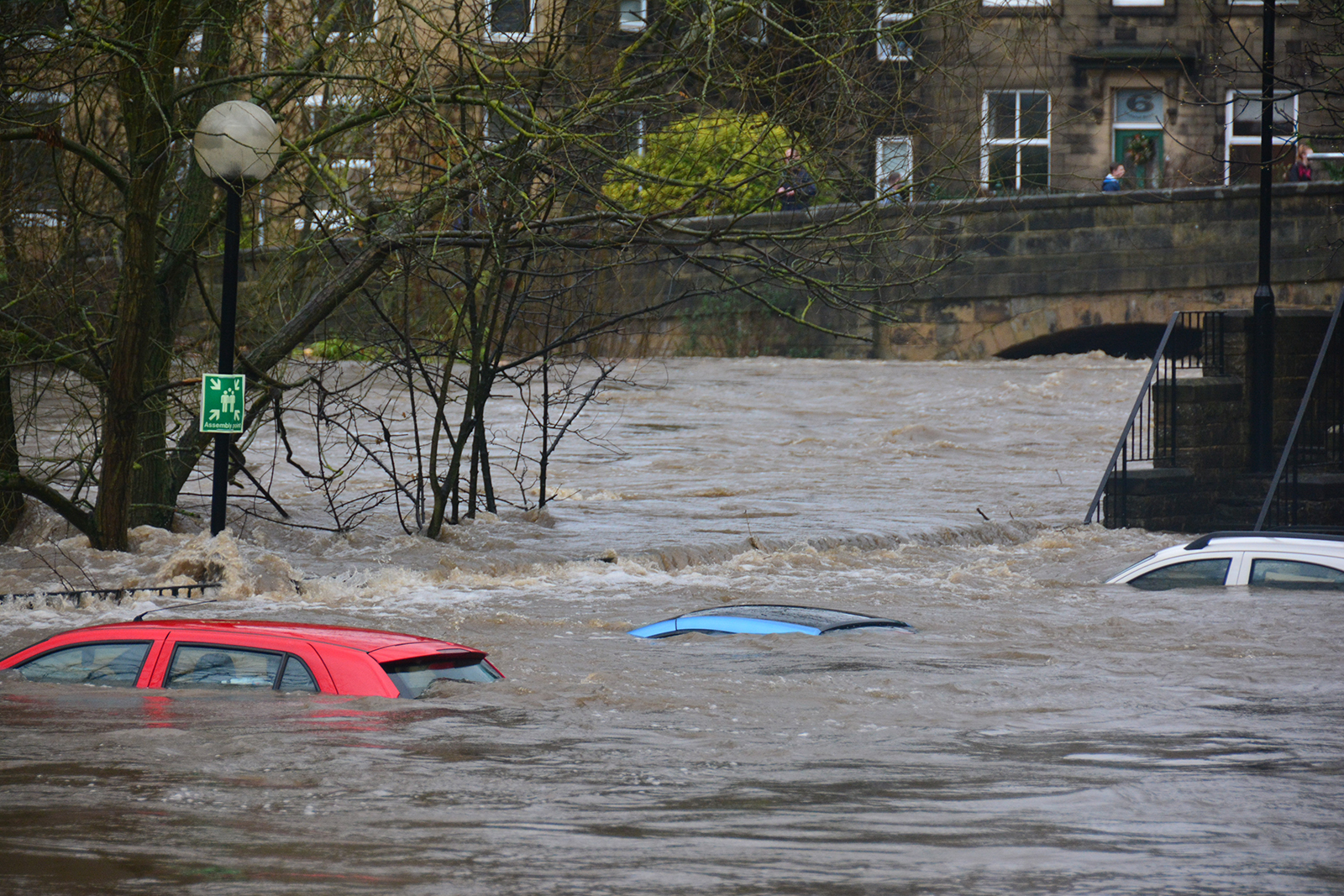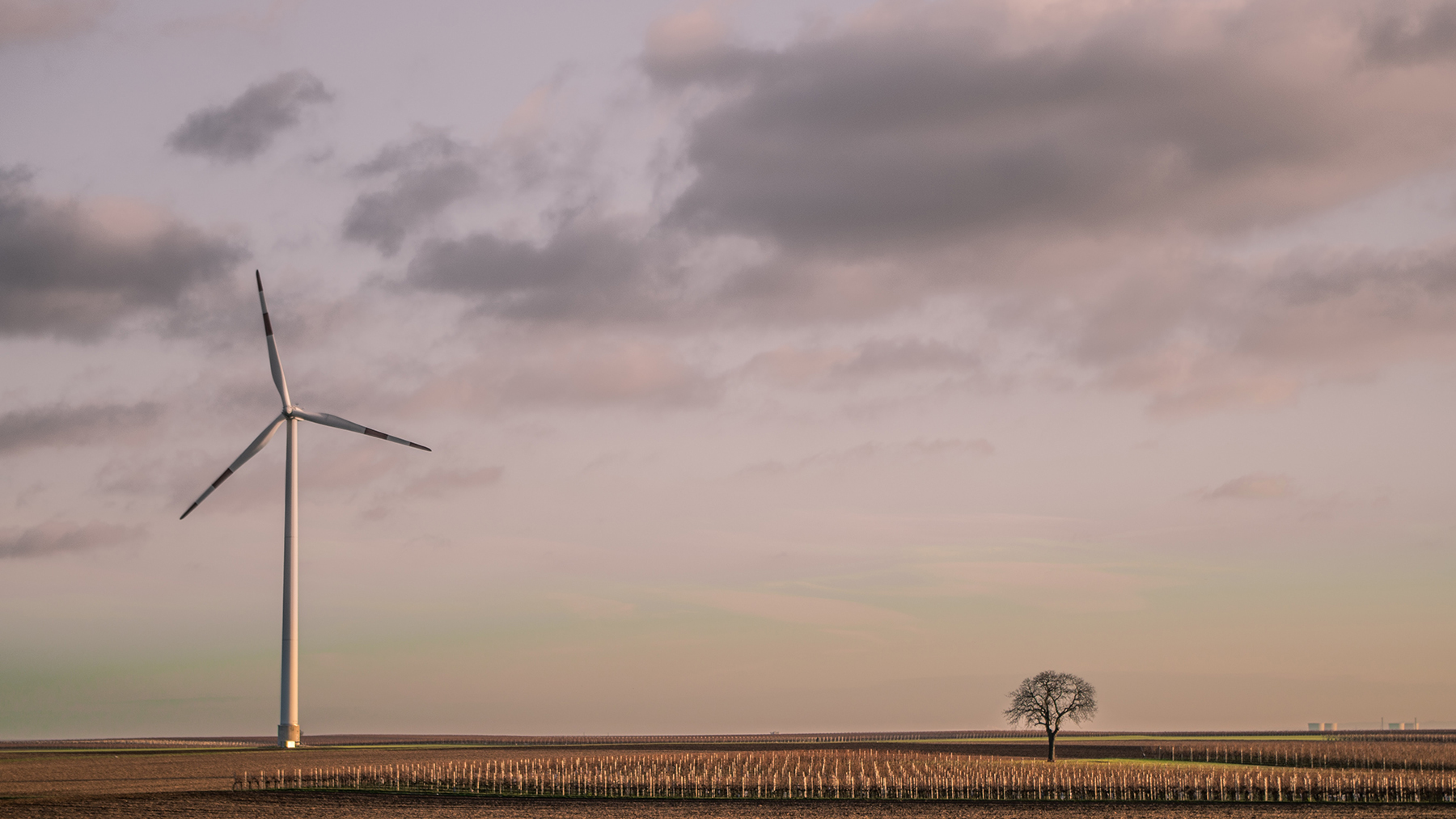Climate & Energy
Why is the climate changing?
Around Earth, there is an atmosphere made up of several different gases. Some of the gases absorb the Earth’s heat radiation. Instead of the heat being radiated into space, it is re-radiated and the heat remains in the atmosphere longer than it otherwise would.
The phenomenon is called the greenhouse effect and it is necessary for all life on earth. Without the natural greenhouse effect, the Earth would be about 30 degrees colder than it is today. Greenhouse gases act much like a blanket that keeps the earth warm.
About 300 years ago, humans started using fossil fuels, such as coal and oil, to produce energy. When fossil fuels are burned, carbon dioxide is released. Carbon dioxide is one of the gases that create the Earth’s greenhouse effect. As the amount of carbon dioxide increases, the warming of the earth also increases at a rapid rate.

Photo by Abigail Lynn on Unsplash
You are part of something bigger
More and more companies in the laundry service industry in Scandinavia aim to switch from fossil to fossil-free energy in their facilities.
In 2023, a whopping 42% of member companies in Sweden’s Laundry Association indicated that they already use 100% renewable electricity in their production facilities. Several member companies also produce their own electricity in their facilities using solar cells.
The textile service industry is also at the forefront of developing fossil-free distribution of textiles.
Based on this, the textile service industry shows high ambitions and many concrete examples that together contribute to reaching European and international climate goals.

What happens when the climate changes?
As the climate changes, glaciers melt, rainfall patterns change and the temperature of the world’s oceans rises, affecting wind conditions and aquatic life. Today we see increased drought in some areas, and heavy downpours in others. Many millions of people in the world live along coasts and rivers that will flood due to melting glaciers and rising sea levels.

Images from Unsplash

How can we reduce greenhouse gas emissions from the textile service industry?
75% of the greenhouse gases that change our climate come from the energy sector. By reducing energy use, replacing fossil fuels with renewables, choosing electricity from renewable sources and installing solar cells, we contribute to reducing greenhouse gas emissions.
Production of textiles also contributes to large emissions of greenhouse gases. According to the EU, consumption of textiles is the fourth most climate-impacting part of Europeans’ consumption, after food, accommodation and transport.
By using textiles for a long time, removing stains, repairing them and using fabric or fiber for new products instead of throwing them away, we reduce the climate impact from textile production. Not using more chemicals, water and materials than we need and recycling packaging are also important parts of reducing the climate impact from our industry.

Image from Unsplash
Case: Electric rails for faster and smoother charging
Elis in Swedish Veddesta is the first in Sweden to use electric rails for faster and smoother charging of electric trucks. The textile service industry contributes to implementing tomorrow’s technology to contribute to reduced climate impact. Read more here.
Quiz – What have we learned about Climate & Energy?
Why is the climate changing?
 https://unsplash.com/photos/brown-wooden-boat-on-brown-sand-during-daytime-8wuOLdN77A4
https://unsplash.com/photos/brown-wooden-boat-on-brown-sand-during-daytime-8wuOLdN77A4
What is the name of the phenomenon that explains how the heat is s re-radiated and remains in the atmosphere longer than it otherwise would?
 https://unsplash.com/photos/car-on-body-of-water-4zxp5vlmvnI
https://unsplash.com/photos/car-on-body-of-water-4zxp5vlmvnI
How can we reduce greenhouse gas emissions from the textile service industry?
 https://unsplash.com/photos/windmill-under-cloudy-sky-during-daytime-J46zikTFe7E
https://unsplash.com/photos/windmill-under-cloudy-sky-during-daytime-J46zikTFe7E








